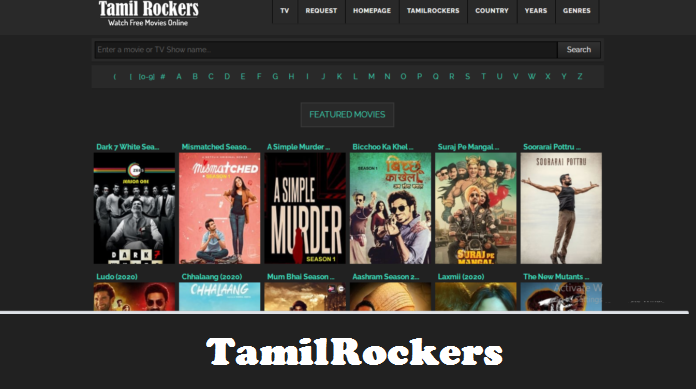Companies and organizations get involved in the video streaming industry by creating their own platforms with the help of OTT subscription management solutions available in the market. These OTT solutions provide a range of monetization models, including advertising, subscriptions, rentals/PVV, and hybrid approaches.
Among the essential decisions made before launch, monetization stands as one of the most crucial. In this article, we will deep-dive into ad-based revenue models, including AVOD platforms and FAST. Let’s delve into details.
Table of Contents
What is Ad-Based Monetization?
To compare, a subscription-based monetization model requires charging a recurring fee for access to videos. Transactional-based platforms demand payment for access to every video available.
The ad-based monetization model includes showing ad commercials to viewers during video playback. Multiple implementations of this model exist in the market. Typically, ad-based streaming services offer viewers free access to videos in exchange for watching advertisements.
Advertising money-generating model is a win-win for all parties involved. Viewers gain free access to videos, advertisers effectively reach their target audience, and content providers benefit from running ads on videos.
Ad-Based Strategies
AVOD
VOD (video-on-demand) platforms are widespread in the video streaming industry as they provide control over content consumption to all viewers. People are to decide what, when, and where to watch the videos.
AVOD platforms are usually free of charge but show viewers ads during a video playback. People don’t mind watching short commercial videos in exchange for free content.
Moreover, they often get personalized ads as a result of analytics and targeting functionality. This increases the chance that a viewer clicks on a commercial.
Hybrid VOD
A hybrid monetization model implies a combination of several monetization models. Some platforms avoid advertising, opting for subscriptions and rentals. Advertising opens various business opportunities to providers.
There are multiple implementations:
- Platforms offer two options to viewers: a subscription plan including ads at a lower price and an ad-free subscription at a higher price. This is a monetization model many large services have been adopting recently.
- Platforms allow viewers to remove commercials by purchasing a subscription.
- Viewers pay for a subscription with ads and cannot remove them.
FAST
FAST stands for Free Ad-supported Streaming Television. Such services deliver ad0supported TV channels with a fixed schedule. People need an internet connection to stream TV shows and movies from traditional broadcasts.
OTT Advertising Tips
There are some tips that can help you make the most of your ad-supported monetization.
Know your viewers
Since OTT platforms allow providers to tailor ad commercials to viewers’ interests, you need to understand and segment them based on different criteria.
Consider the gap between a 15-year-old girl’s interests and those of a 30-year-old woman.
For this reason, it is better to divide your customers into categories considering their demographics, interests, preferences, locations, and other parameters. Tracking this data can help you save resources.
Use server-side ad insertion (SSAI)
There are two approaches to insert commercials into video playback: CSAI (client-side ad insertion) and SSAI (server-side ad insertion). While CSAI delivers ads directly to devices, inserting ads on the client side, SSAI does all manipulations on the server side. The result is the ad and video are stitched together, being inseparable. This helps avoid ad blockers, saving revenue.
Final Thoughts
The popularity of ad-supported streaming services is growing due to the demand among viewers. They cannot obtain all the subscriptions they want, and this is the reason they switch to ad-based platforms.
Thanks to that, advertising can be a profitable monetization model for streaming services.










![Is Tokyo Ghoul on Netflix? [How to Watch Online]](https://avctv.com/wp-content/uploads/2022/08/AAAABct1DaUzhEt4JeJFeDrmaE_4CGAu39fBN6poMx10hAlWlMRjkkAw84hjmuujWTy2wFC7_Pjnujec-_PqT1GCnnMFMJ15S04baJn1b0WvvbG6hrSNb31_GS4--120x86.jpg)





